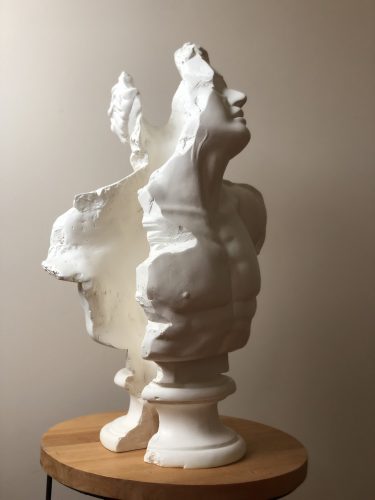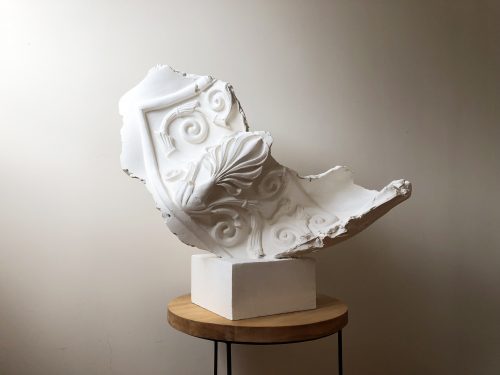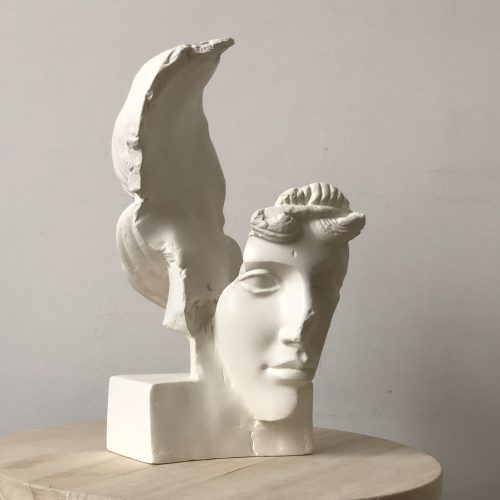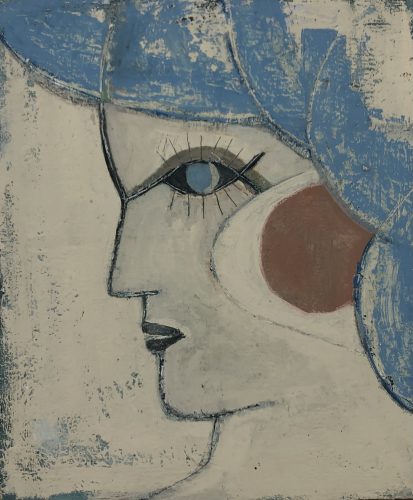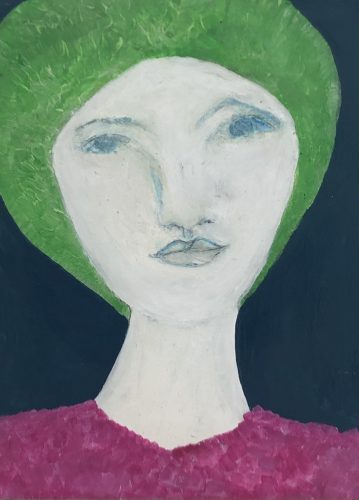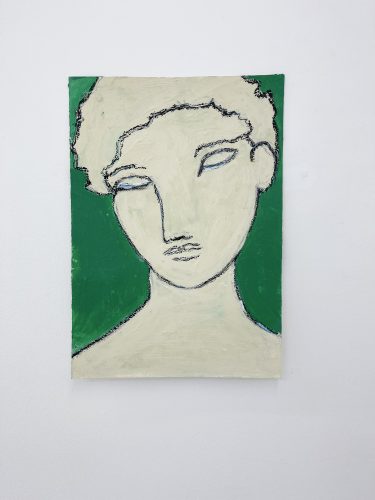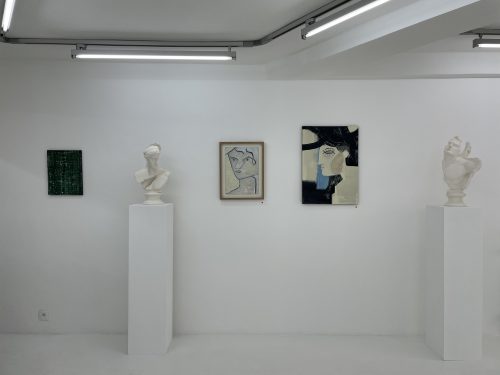Athens is everywhere, in our lifestyles, our philosophies, our customs, but especially in art – ancient and contemporary. Today, Athens is invited to the sobering gallery through the eyes of two artists: Marina Mankarios and Mylène Jampanoï.
In 1755, Johann Joachim Winckelmann defined Greek art as follows: “a noble simplicity and a quiet grandeur, both in attitude and in expression, here is the general trait that distinguishes par excellence the Greek masterpieces”. Ancient Greco-Roman art constitutes a corpus of images that has entered popular culture and is generally elevated to the rank of epitome of beauty and perfection.
Marina Mankarios and Mylène Jampanoï revisit Ancient Greece by assimilating its artistic language in a free relation to the History of Art and to this fantasized culture. Thanks to technology, which allows a better capacity of production and reproduction, as well as through various inspirations and mediums – painting, sculpture, but also drawing, engraving, cinema, photography – the two emerging artists propose their own interpretation of the myth of an apparently white and immaculate ancient Greece, with a timeless and universal character.
